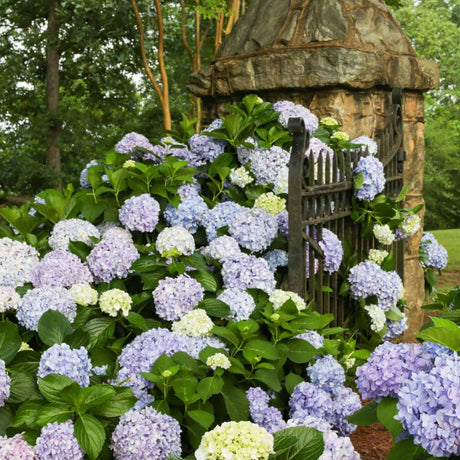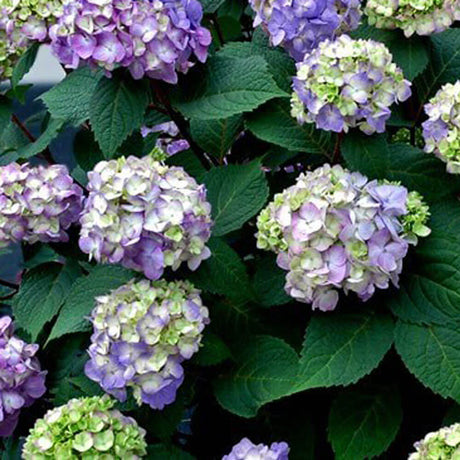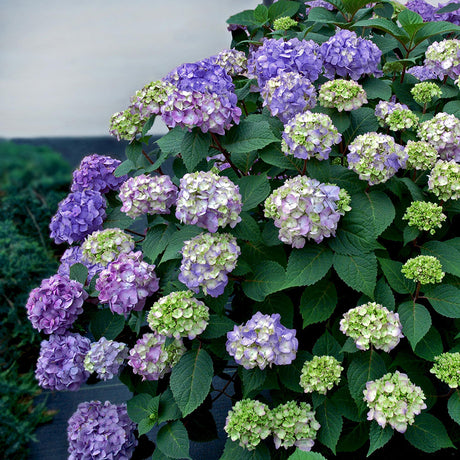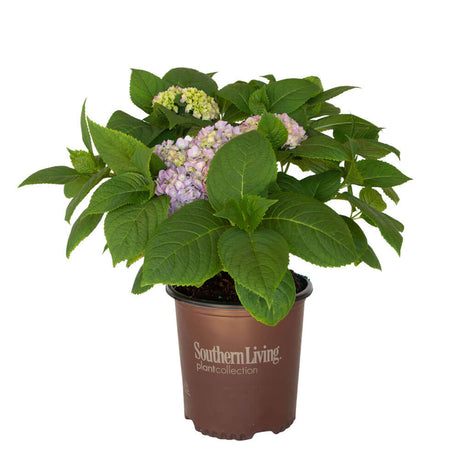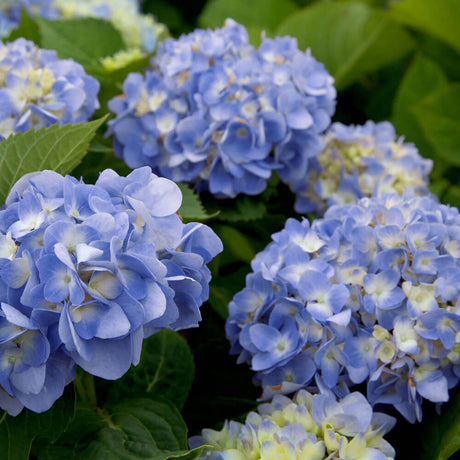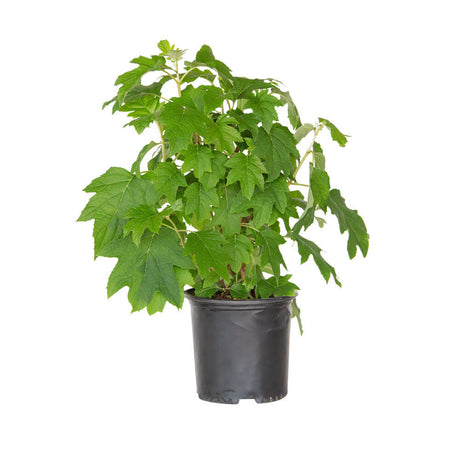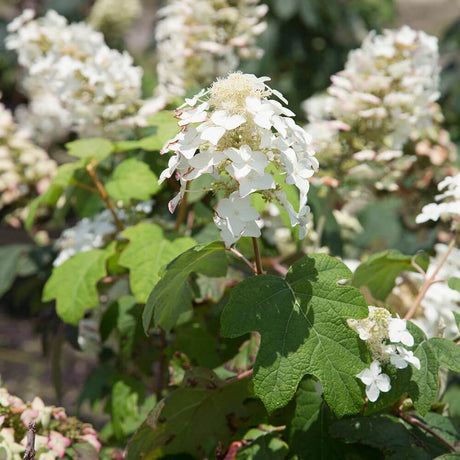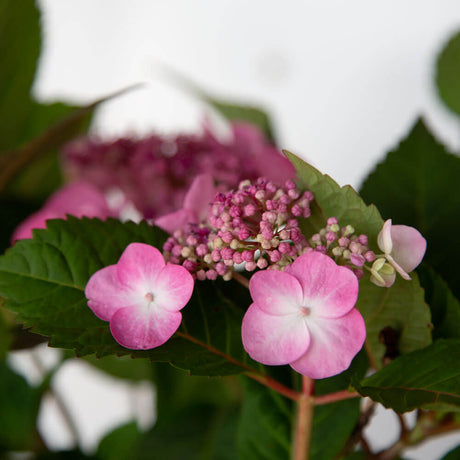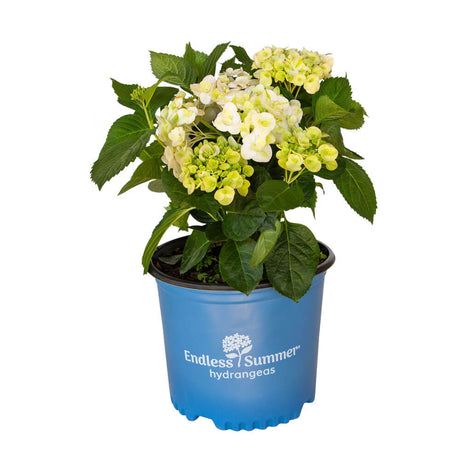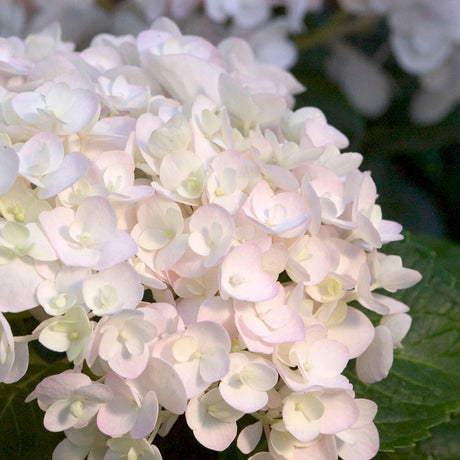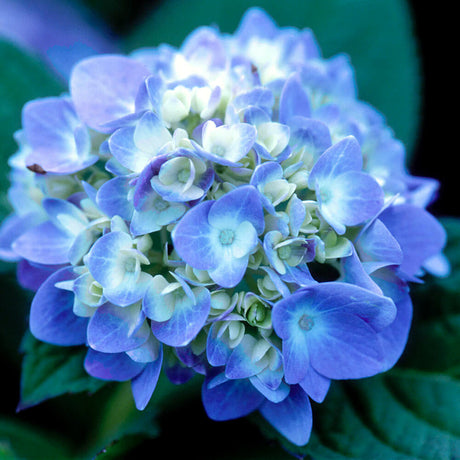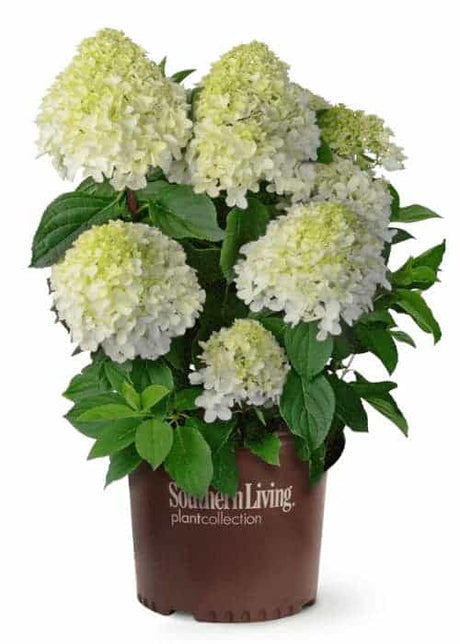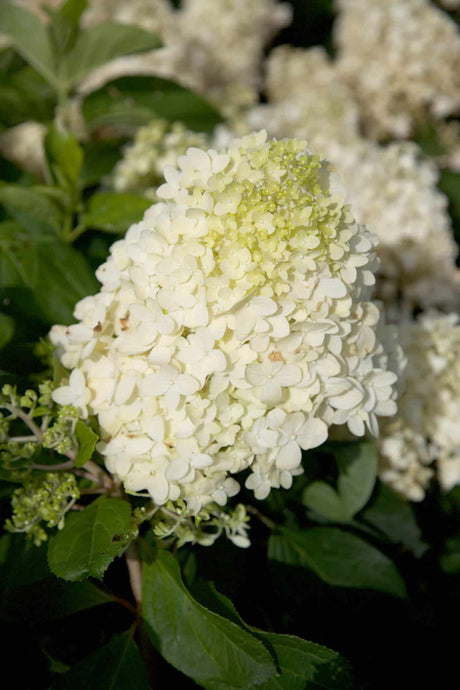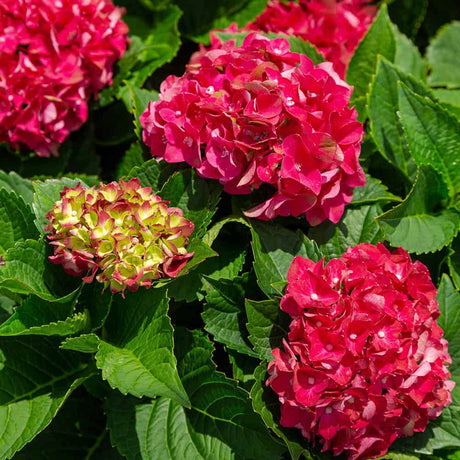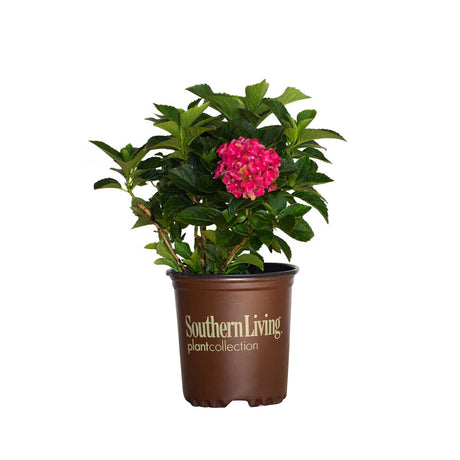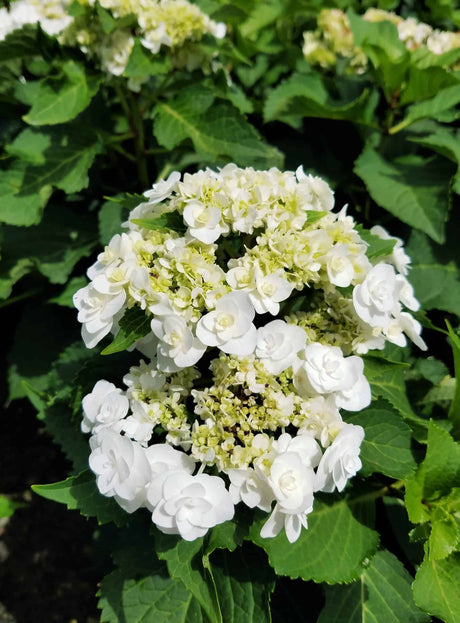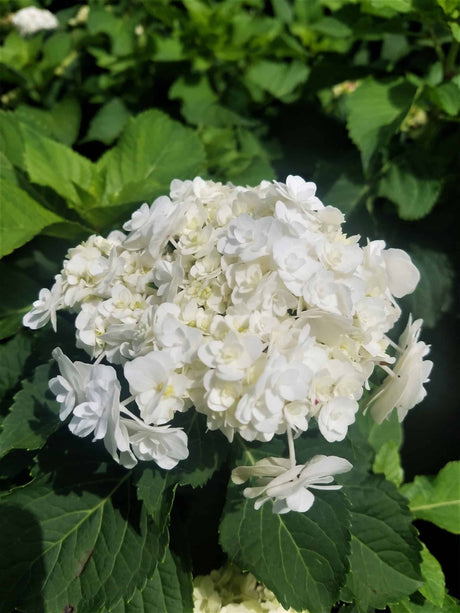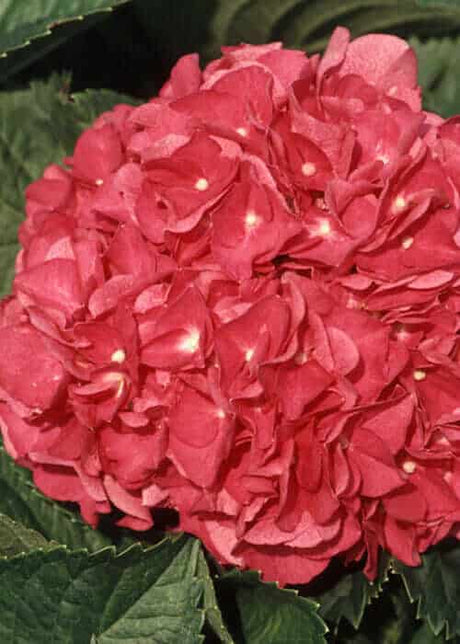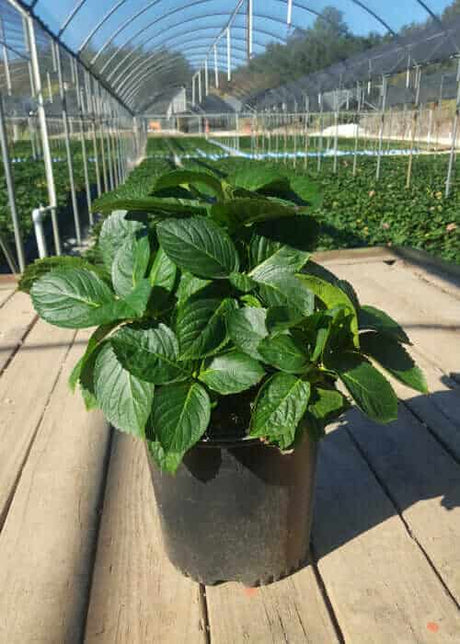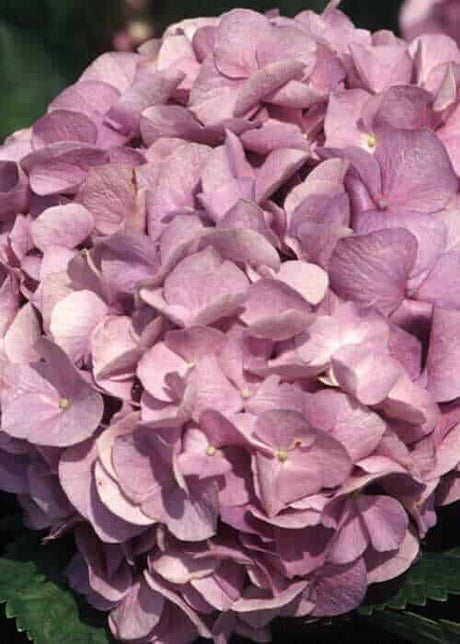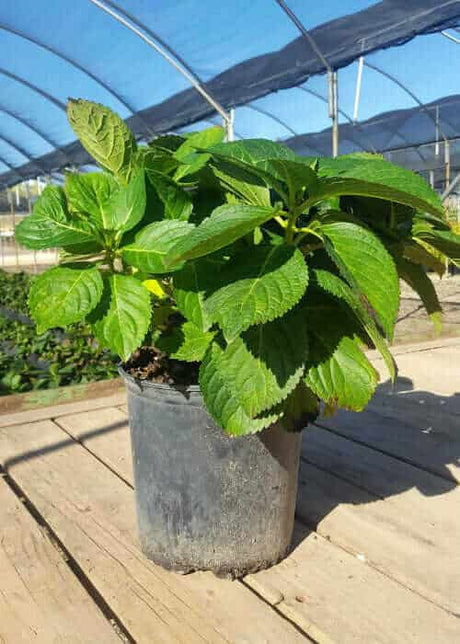FiltersFilter & Sort
Southern Living Plant Collection
From $29.99Unit price /UnavailableIn stock (1753)Endless Summer Hydrangea
Pop Star Hydrangea | Endless Summer
From $21.99Unit price /UnavailableIn stock (885)Southern Living Plant Collection
From $20.99Unit price /UnavailableIn stock (319)Endless Summer Hydrangea
BloomStruck Hydrangea | Endless Summer
From $21.99Unit price /UnavailableIn stock (37)Southern Living Plant Collection
From $20.99Unit price /UnavailableIn stock (485)Endless Summer Hydrangea
Twist-n-Shout Hydrangea | Endless Summer
From $20.99Unit price /UnavailableIn stock (60)Endless Summer Hydrangea
Blushing Bride Hydrangea | Endless Summer
From $21.99Unit price /UnavailableLow stock (3)Endless Summer Hydrangea
The Original Hydrangea | Endless Summer
From $21.99Unit price /UnavailableIn stock (1967)- Sold out
Endless Summer Hydrangea
Summer Crush Hydrangea | Endless Summer
From $21.99Unit price /Unavailable - Sold out
- Sold out
- Sold out
- Sold out
- Sold out
Hydrangeas are a classic landscape and garden feature, virtually unmistakable! Their trademark cluster blooms change color depending on the pH of the soil, with the exception of true white blooming species (Paniculata and Quercifolia). Specifically, pink flowers come from alkaline soil, blue from acidic soil, and purple from somewhere in between.
Hydrangeas in History
The name hydrangea comes from the Greek words 'hydros,' which means water,' and 'angos,' which roughly translates to 'jar.' This name initially referred to the spherical shape of the flower head. However, it ironically also applies to the regular watering required to keep them perky and healthy.
Where Should I Plant Them?
Fortunately, there is a Hydrangea for nearly every landscape. Some varieties thrive in Full Sun, Partial Shade, and even primarily shady locations. Nearly every hydrangea will need regular watering in the first growing season. However, avoid planting them in areas with frequent standing water. This is likely to lead to root rot.
When Should I Plant Them?
We recommend planting in either Spring or Fall. The moderate temperatures in these two seasons are ideal for new plantings. It's risky to try to plant less than a month before your expected first freeze of the year. However, these winter-hardy shrubs should be fine when planted a month or more before your first freeze.
Which Type of Hydrangea Should I Buy for My Landscape?
We sell three notably different species: Paniculata, Macrophylla, and Quercifolia. Each type has its own strengths in the landscape.
Hydrangea Paniculata - Panicle Hydrangea
Paniculata (or Panicle) types include varieties such as the White Wedding Hydrangea. These shrubs are traditionally summer bloomers and are ideal for Full Sun applications. They produce cones of white panicle blooms that age to varying degrees of pink, depending on the breed. This species is known for its fast-growth as well.
Hydrangea Macrophylla - Mophead Hydrangea
Macrophylla (or Mophead) selections, like the Bloomstruck Hydrangea and Summer Crush Hydrangea, are perfect for Partial Shade gardens. This is the group that features color-changing blooms depending on the soil pH. Lacecap varieties also fall under this category. Some varieties from this species bloom only in summer, while others, such as Endless Summer Hydrangea varieties, rebloom from late spring through fall.
Hydrangea Quercifolia - Oakleaf Hydrangea
Quercifolia varieties include the Semmes Beauty Oakleaf Hydrangea. This type is perfect for partial Shade gardens, requiring a taller element with attractive white blooms. They bring an indisputable elegance to any landscape. All three types are deciduous, meaning they'll go dormant every winter. Therefore, they're all impressively cold hardy.
Can hydrangeas be brought inside for the winter?
All three types of this species we sell go dormant in winter, meaning they lose all their leaves. We still ship them during this time. They ship very well in this state. So we encourage you to buy a few and leave them in a garage, basement, or patio shielded from harsh winds. Water them 2-3 times monthly and then plant them in the ground or a planter once spring rolls around again.












